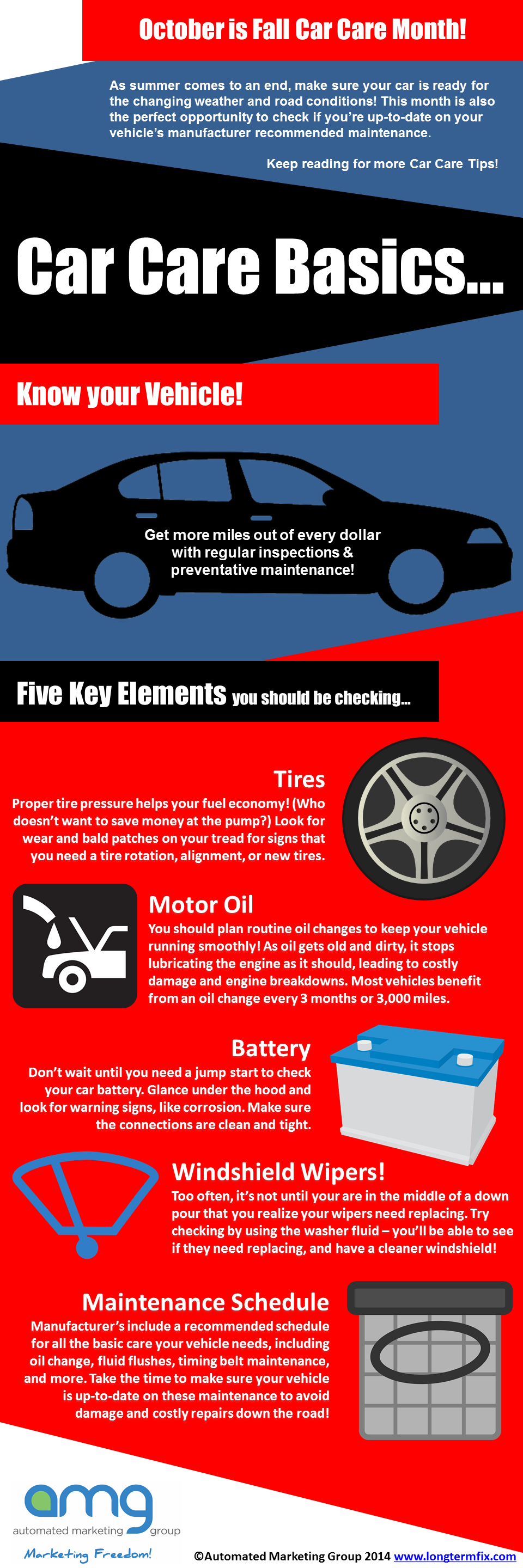Interested In Understanding The Caution Lights On Your Cars And Truck'S Control Panel? Discover Their Significance For Your Car'S Safety And Security And General Problem
Interested In Understanding The Caution Lights On Your Cars And Truck'S Control Panel? Discover Their Significance For Your Car'S Safety And Security And General Problem
Blog Article
Authored By-Vinson Dalgaard
When you lag the wheel, those radiant warning lights on your dashboard can be a bit complicated. Do you understand what they're attempting to inform you concerning your vehicle's wellness? Recognizing the importance of these lights is crucial for your safety and security and the longevity of your automobile. So, the next time one of those lights turns up, would not you wish to decipher its message precisely and take the required steps to address it?
Common Warning Lighting and Interpretations
Determine usual caution lights in your automobile and recognize their definitions to make sure secure driving.
One of the most regular caution lights consist of the check engine light, which signals problems with the engine or discharges system. If this light comes on, it's important to have your car examined quickly.
The oil stress warning light indicates reduced oil stress, requiring immediate attention to avoid engine damages.
read what he said flashing battery light may recommend a defective charging system, potentially leaving you stranded otherwise addressed.
The tire pressure surveillance system (TPMS) light notifies you to low tire pressure, influencing car stability and gas effectiveness. Overlooking https://brakes-near-me05061.webdesign96.com/30795415/learn-the-crucial-steps-to-situate-a-credible-vehicle-repair-shop-that-will-ensure-your-car-remains-in-exceptional-problem-your-cars-and-truck-is-entitled-to-nothing-less-than-the-most-effective-care can result in harmful driving problems.
The ABS light suggests a trouble with the anti-lock stopping system, endangering your ability to quit rapidly in emergencies.
Last but not least, the coolant temperature cautioning light warns of engine overheating, which can lead to extreme damage if not resolved promptly.
Recognizing these typical warning lights will aid you resolve problems promptly and keep secure driving problems.
Significance of Prompt Interest
Understanding the common warning lights in your auto is only the very first step; the value of immediately attending to these warnings can not be emphasized sufficient to guarantee your safety and security on the road.
When a warning light brightens on your control panel, it's your car's means of interacting a possible problem that needs interest. Neglecting these cautions can lead to much more extreme troubles down the road, endangering your safety and security and potentially costing you more in repairs.
Prompt attention to alerting lights can protect against malfunctions and accidents. As an example, a flashing check engine light might suggest a misfire that, if left unattended, could trigger damages to the catalytic converter. Addressing this quickly can conserve you from a costly repair.
Similarly, a brake system warning light may indicate low brake fluid or used brake pads, important components for your security when driving.
Do It Yourself Troubleshooting Tips
If you see a caution light on your dashboard, there are a couple of do it yourself repairing ideas you can attempt prior to looking for specialist help.
The initial step is to consult your auto's handbook to understand what the specific caution light indicates. Sometimes the problem can be as simple as a loose gas cap setting off the check engine light. Tightening the gas cap might deal with the issue.
Another usual problem is a low battery, which can activate various alerting lights. Examining the battery links for rust and guaranteeing they're safe may take care of the trouble.
If a caution light continues, you can attempt resetting it by separating the vehicle's battery for a few minutes and afterwards reconnecting it. In addition, examining your vehicle's liquid degrees, such as oil, coolant, and brake fluid, can aid troubleshoot advising lights connected to these systems.
Verdict
Finally, recognizing your vehicle's warning lights is important for maintaining your car running efficiently and safely. By immediately resolving these notifies and knowing what they indicate, you can stay clear of costly repairs and possible failures.
Keep in mind to consult your cars and truck's handbook for specific details on each warning light and take action accordingly to ensure a trouble-free driving experience.
Stay notified, stay secure when traveling!
